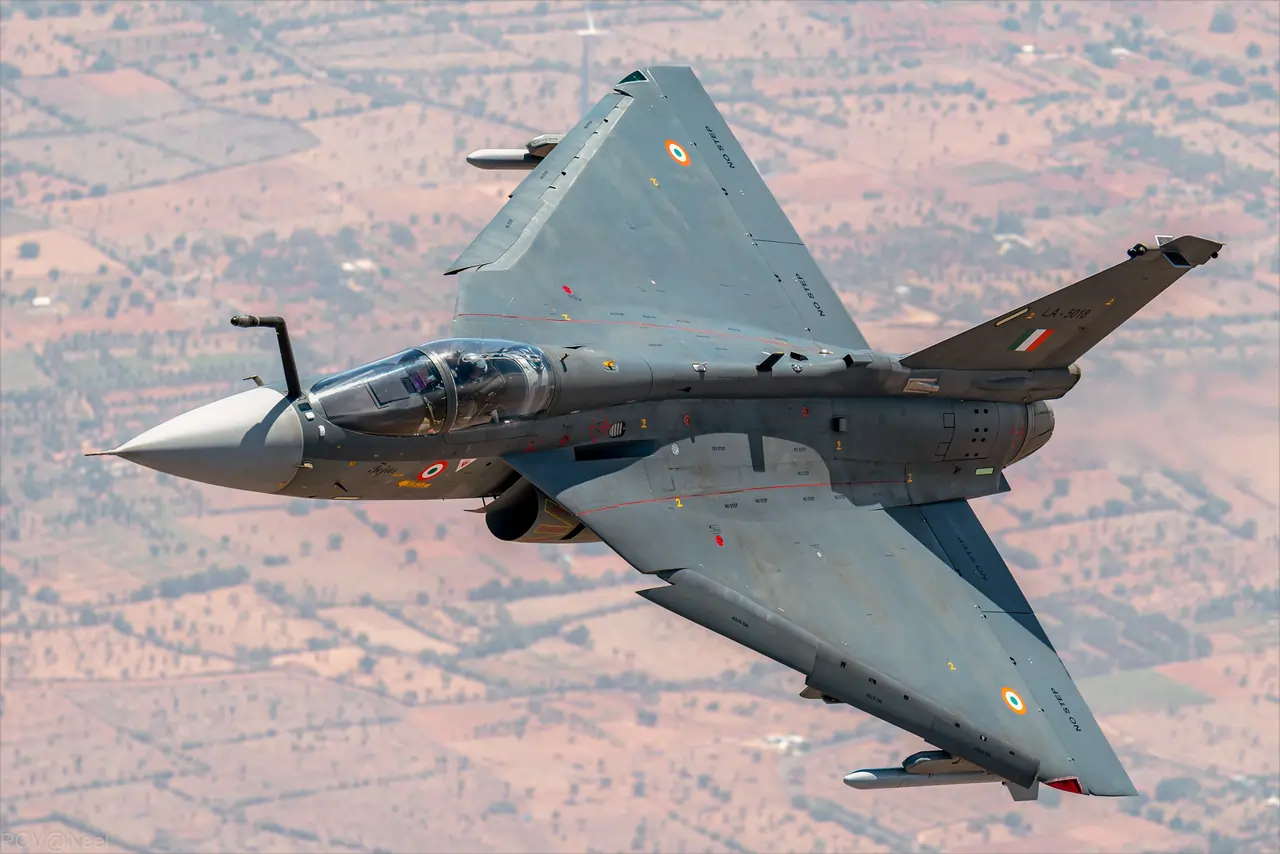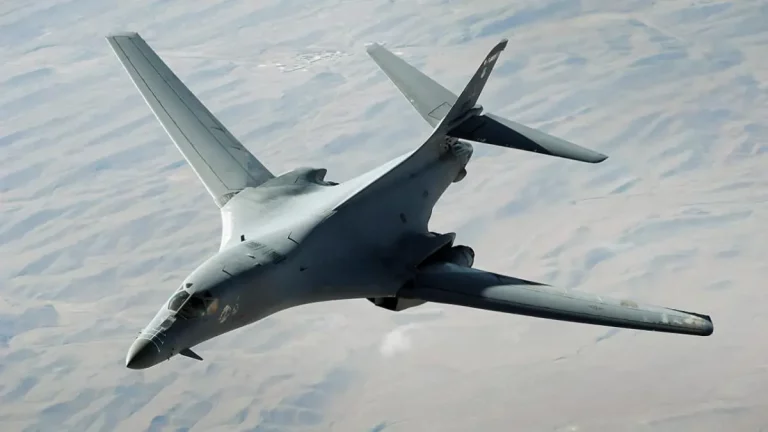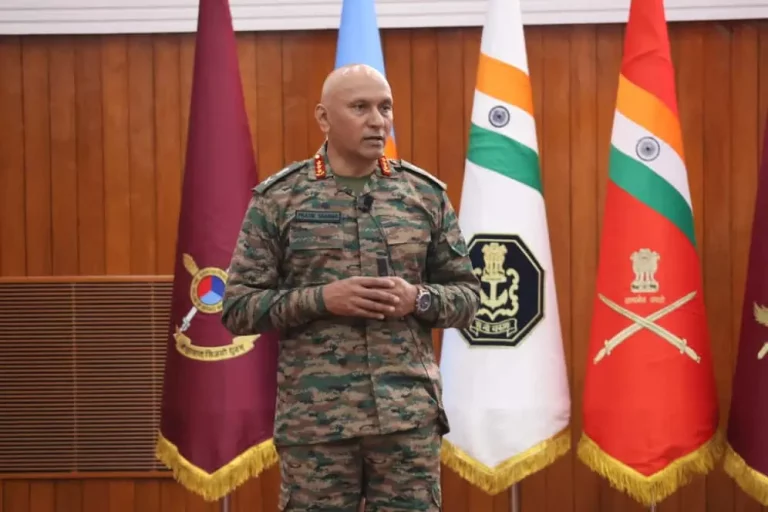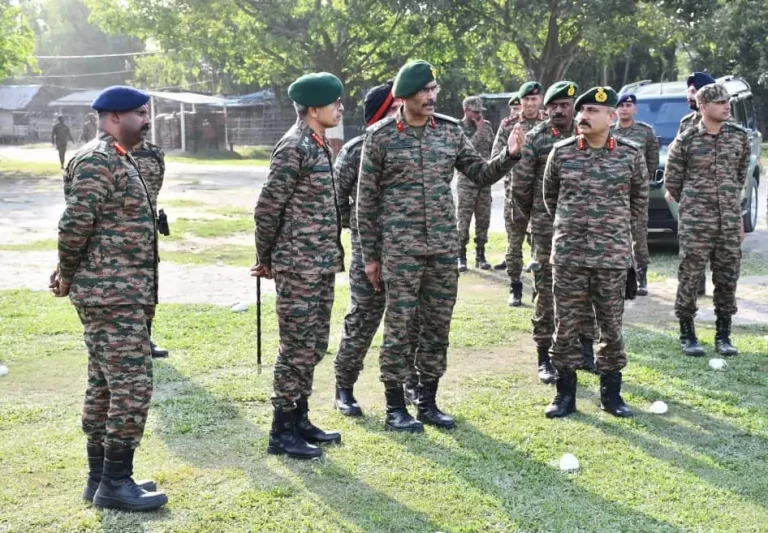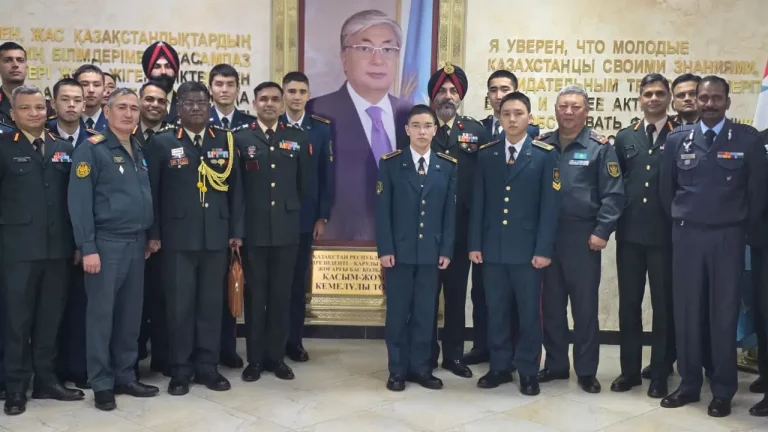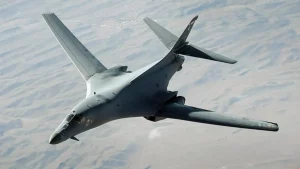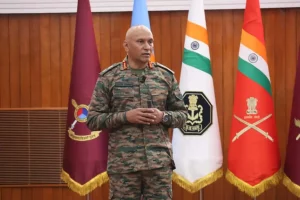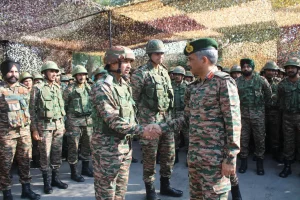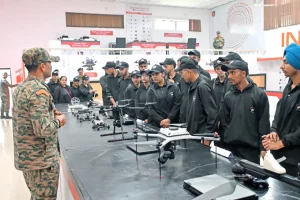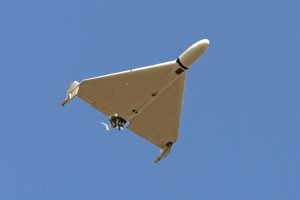In a pivotal advancement for India’s defence aviation sector, the Defence Research and Development Organisation (DRDO) has initiated flight trials for the sophisticated Electronic Warfare (EW) system ‘Swayam Raksha Kavach’ on the TEJAS MK-1A Light Combat Aircraft. This development marks a significant milestone, positioning the TEJAS MK-1A as India’s first stealth-capable indigenous fighter aircraft.
Translating to "Self-Defence Shield," the Swayam Raksha Kavach is engineered to render the TEJAS MK-1A nearly invisible to enemy radar systems while significantly enhancing its resistance to missile and electronic threats. This indigenous upgrade affords the Indian Air Force (IAF) an essential stealth capability, all while the country anticipates the deployment of the fifth-generation Advanced Medium Combat Aircraft (AMCA).
The TEJAS MK-1A, manufactured by Hindustan Aeronautics Limited (HAL), is touted as India’s most advanced operational indigenous fighter. With the integration of the Swayam Raksha Kavach, the aircraft is set to enter a higher echelon of combat capability, enhancing its survivability, operational efficiency, and electronic dominance in contested environments.
The system consists of two primary components:
-
Radar Warning Receiver (RWR): This essential feature enables real-time detection and alerts pilots about hostile radar systems targeting the aircraft, facilitating immediate evasive maneuvers.
- Advanced Self-Protection Jammer (ASPJ): Utilizing Digital Radio Frequency Memory (DRFM) technology, this component can generate deceptive signals and jamming waveforms, effectively confusing enemy radar and missile systems.
These integrated technologies collectively diminish the aircraft’s radar cross-section, bestowing it with a form of “electronic stealth.” Unlike traditional stealth aircraft that rely on their shape or radar-absorbent materials, the Swayam Raksha Kavach enables dynamic electronic deception, outsmarting enemy sensors instantaneously.
According to DRDO officials, production of the system commenced in 2021 at the Centre for Airborne Systems (CABS) in Bengaluru. Now that flight validations are in progress, the full operational induction is slated for 2026. This timeline will render the TEJAS MK-1A the most advanced indigenous combat jet ever to be deployed by the IAF.
Further improvements also encompass cockpit upgrades and modernized avionics that aim to seamlessly synchronize threat detection, countermeasure deployment, and pilot situational awareness into a unified adaptive system, marking a substantial leap toward cognitive electronic warfare capabilities.
In September 2025, HAL secured government approval for an additional 97 TEJAS MK-1A aircraft, which include 68 single-seat and 29 twin-seat options. These forthcoming aircraft are expected to be equipped with the factory-installed Swayam Raksha Kavach systems, ensuring that future IAF squadrons will be adequately prepared for emerging electronic battle scenarios.
Defence analysts highlight that this initiative effectively bridges India’s technological gap until the AMCA becomes operational and underscores the nation’s increasing confidence in developing indigenous aerospace solutions. The achievement places India alongside a small cohort of countries adept at integrating advanced electronic warfare systems within indigenous fighter platforms.
With the Swayam Raksha Kavach enhancements, the TEJAS MK-1A is not just fortified in terms of survivability but also solidifies its status as a genuinely modern, stealth-enabled multirole fighter—serving as a testament to India’s advancing self-reliance in defence technology.
